AI Now Captures the Essence of Hanbok
In previous posts, AI tended to rely more on creative imagination than historical accuracy when depicting Joseon Dynasty hanbok. However, technology is advancing rapidly. This time, AI image generation has produced results that are much closer to historically accurate hanbok. Based on verified historical references, three detailed images have been created, each reflecting the traditional attire appropriate to a specific social class. Below is a detailed explanation of each.
1. Palace Princess – The Refined Beauty of Joseon Royalty
✅ Key Historical Points
- Hwarot: The princess wears a hwarot, a ceremonial robe for royal women, made of luxurious red silk embroidered with phoenixes and peonies—symbols of nobility and longevity.
- Hair Accessories: A jokduri headpiece sits atop a gache wig, completed with a gold-ornamented binyeo hairpin, forming a traditional court hairstyle.
- Background: A serene pond reminiscent of Hyangwonjeong in Gyeongbokgung Palace suggests the ideal harmony with nature that characterized royal Joseon architecture.
- Posture and Composition: The princess stands gracefully, with soft natural light gently falling on her face and attire, adding a realistic touch.
2. Noblewoman – The Modest and Elegant Look of a Yangban Lady
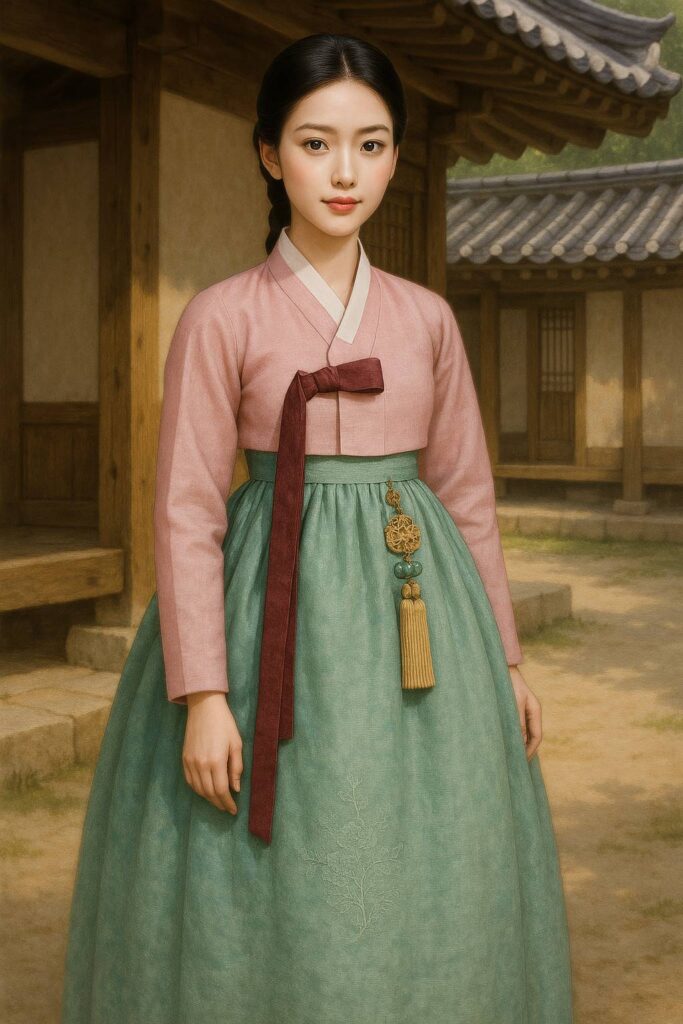
✅ Key Historical Points
- Jeogori: The short, neat pale pink jeogori reflects upper-class women’s attire from the mid-Joseon period onward.
- Skirt: The jade-colored full skirt expresses the dignity of a noblewoman through its voluminous silhouette and elegant hue.
- Norigae: The decorative norigae attached to the ribbon symbolizes blessings and reflects the aesthetic of traditional accessories.
- Hairstyle: Her braided hair tied with a daenggi represents the traditional look of an unmarried woman.
- Background: She stands under gentle sunlight in a traditional hanok courtyard, capturing the serene aesthetic of a scholar’s noble household.
3. Commoner Woman – A Harmony of Simplicity and Natural Beauty
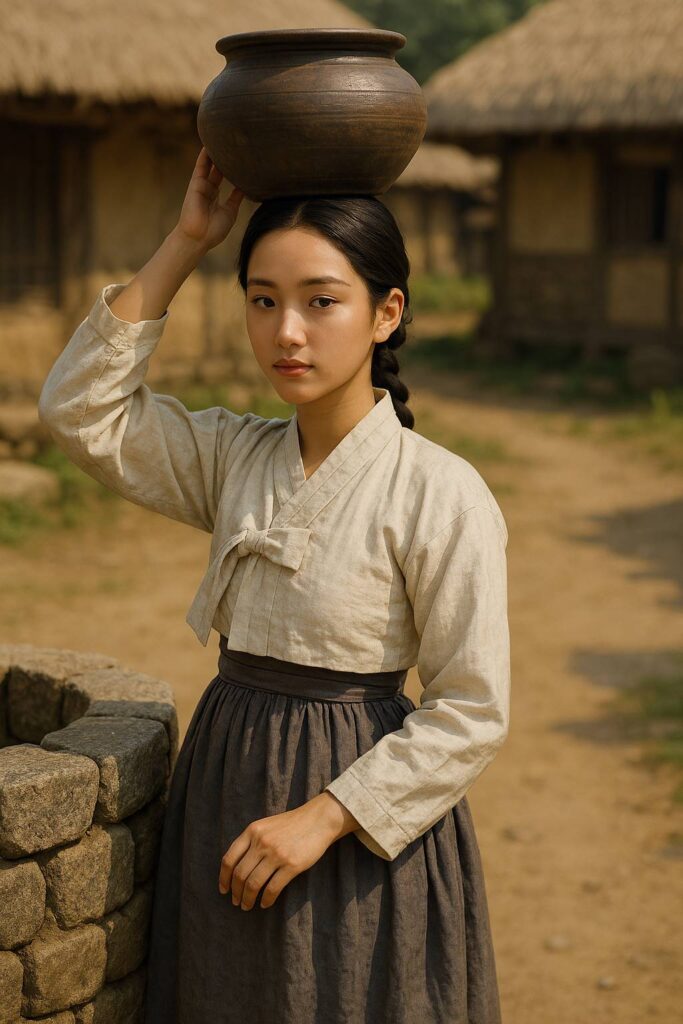
✅ Key Historical Points
- Clothing: A plain white cotton jeogori and a brown, unpatterned A-line skirt made from hemp or ramie reflect self-sufficient rural life.
- Props: The water jar balanced on her head captures an everyday moment from a commoner woman’s life at the village well.
- Background: The traditional village well, partially visible, symbolizes both daily life and women’s labor in Joseon society.
- Overall Mood: Though carrying the heavy jar, she bears the weight with quiet resilience. Her expression reveals subtle fatigue, yet she shows no complaint. The natural posture and honest demeanor convey a modest and healthy beauty—leaving a strong impression even without a serene smile.
Through the Eyes of AI – Preserving Tradition
AI is no longer just a tool for generating images—it has evolved into a medium that can reinterpret and recreate traditional culture in a modern context. This project reaffirmed that Joseon-era hanbok is not merely clothing but a cultural symbol encompassing social hierarchy, beauty ideals, and everyday life.
We plan to continue producing content that showcases Korean beauty and tradition to the world through even more refined, historically grounded AI-generated imagery. Join us on this journey through our blog.

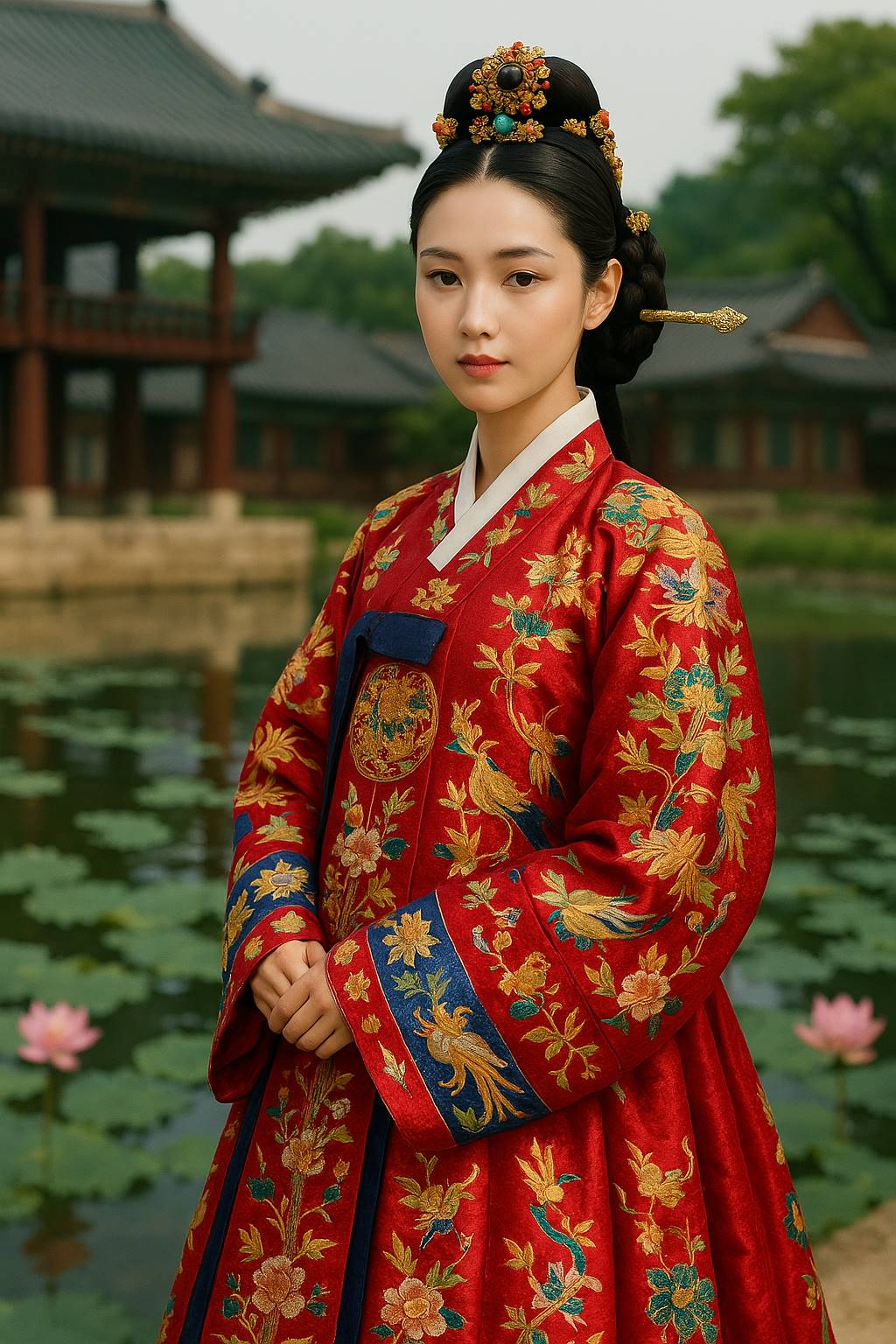
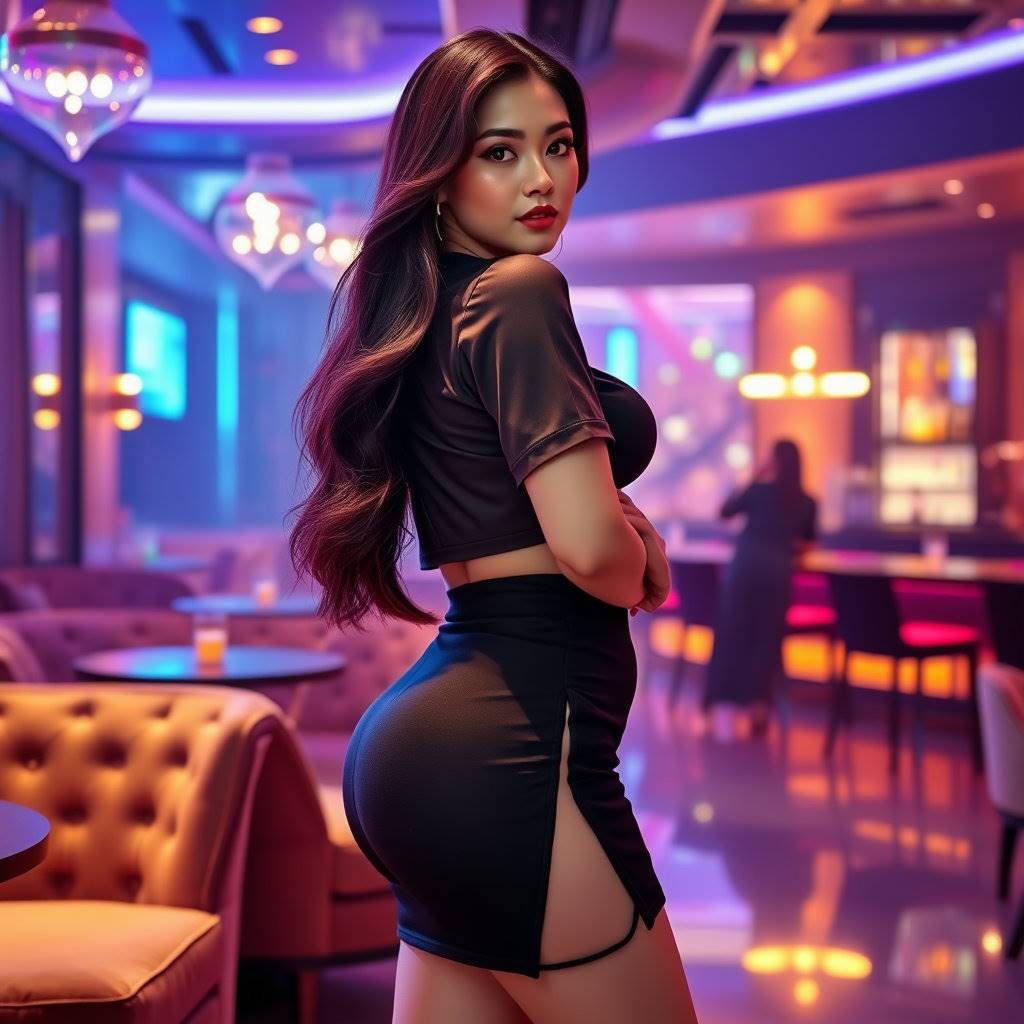
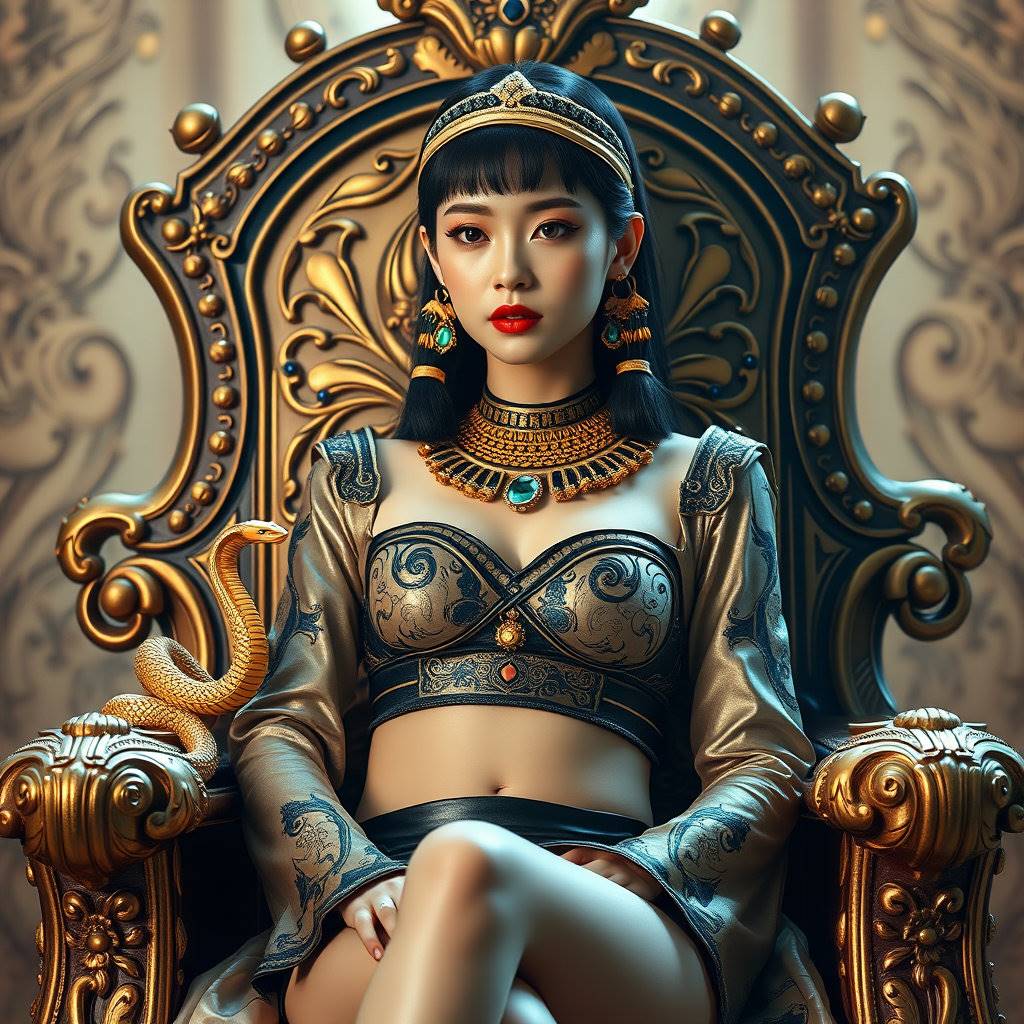
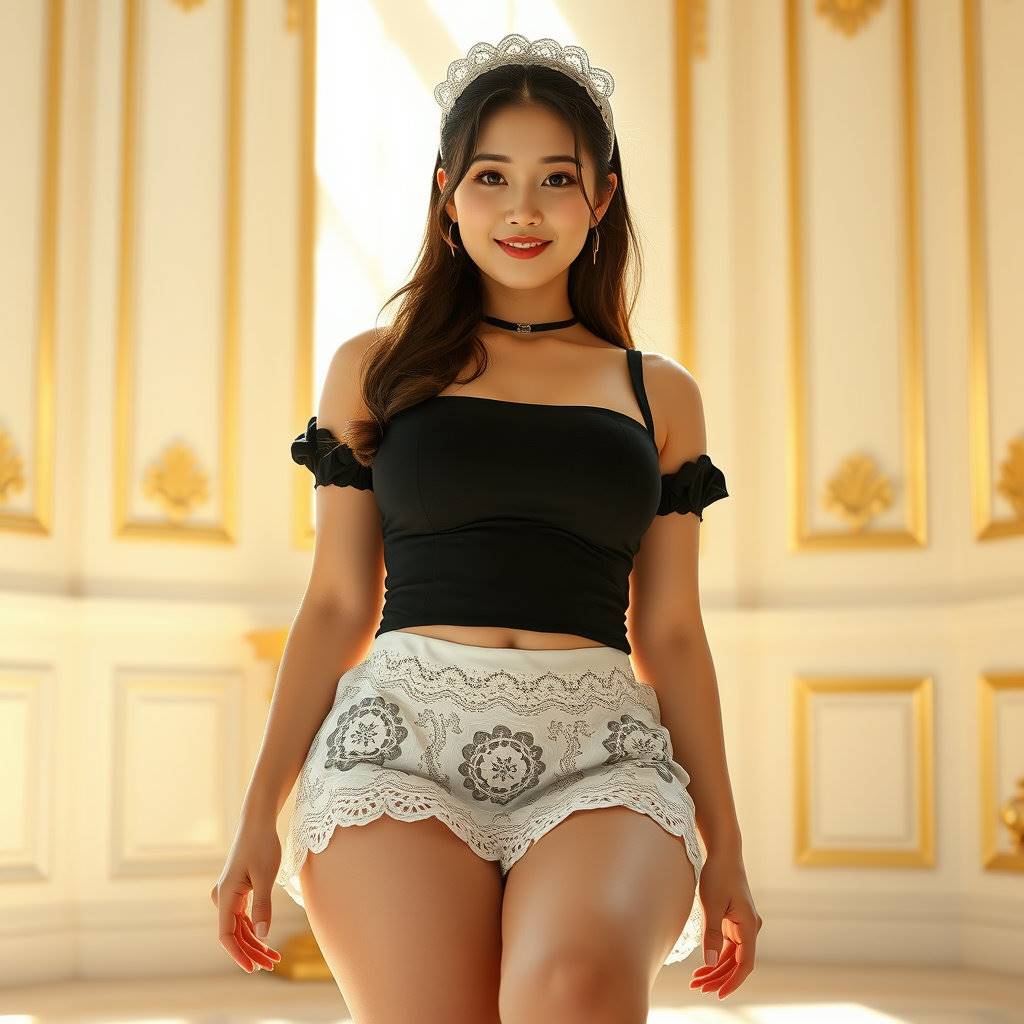
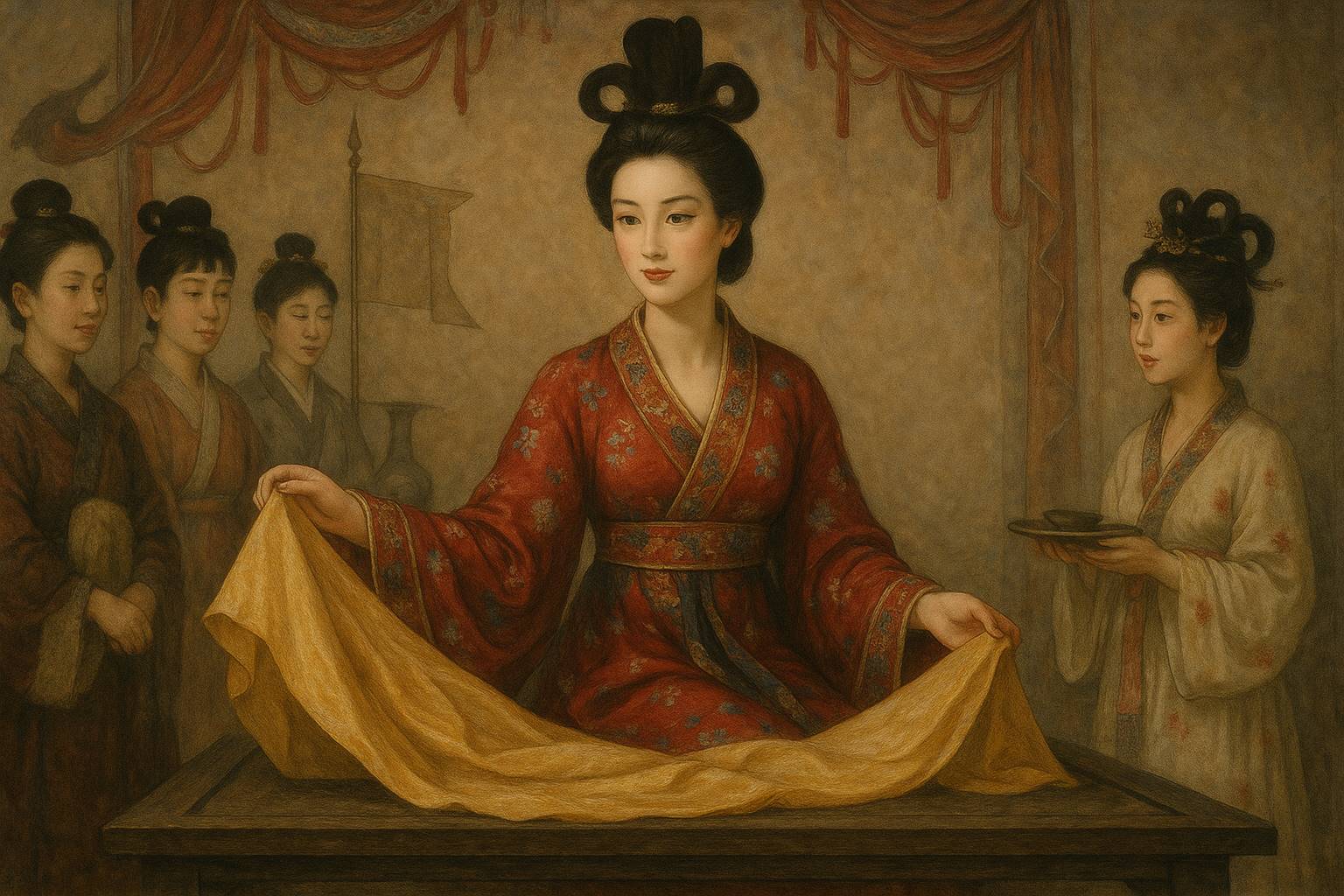
Leave a Reply